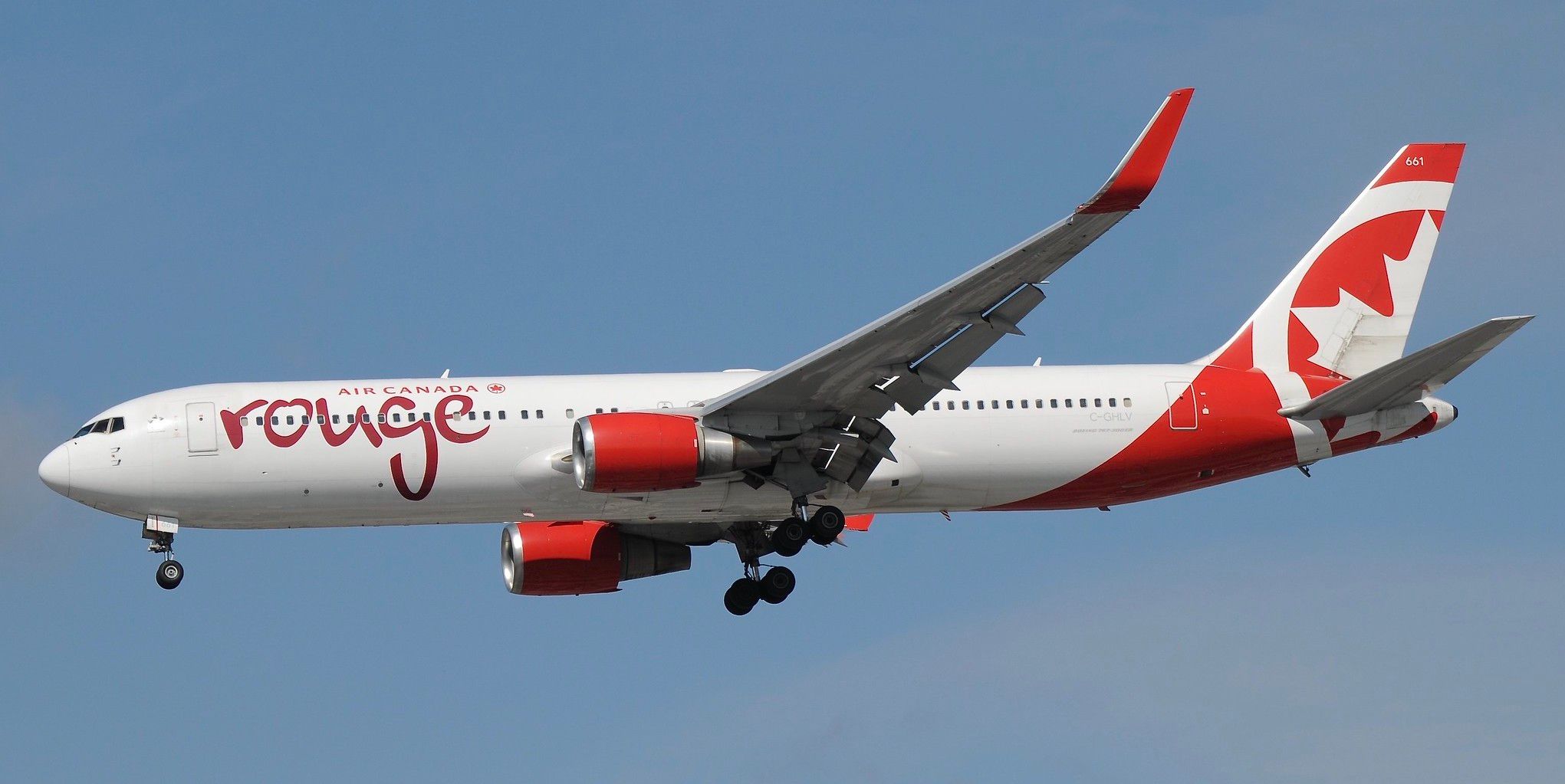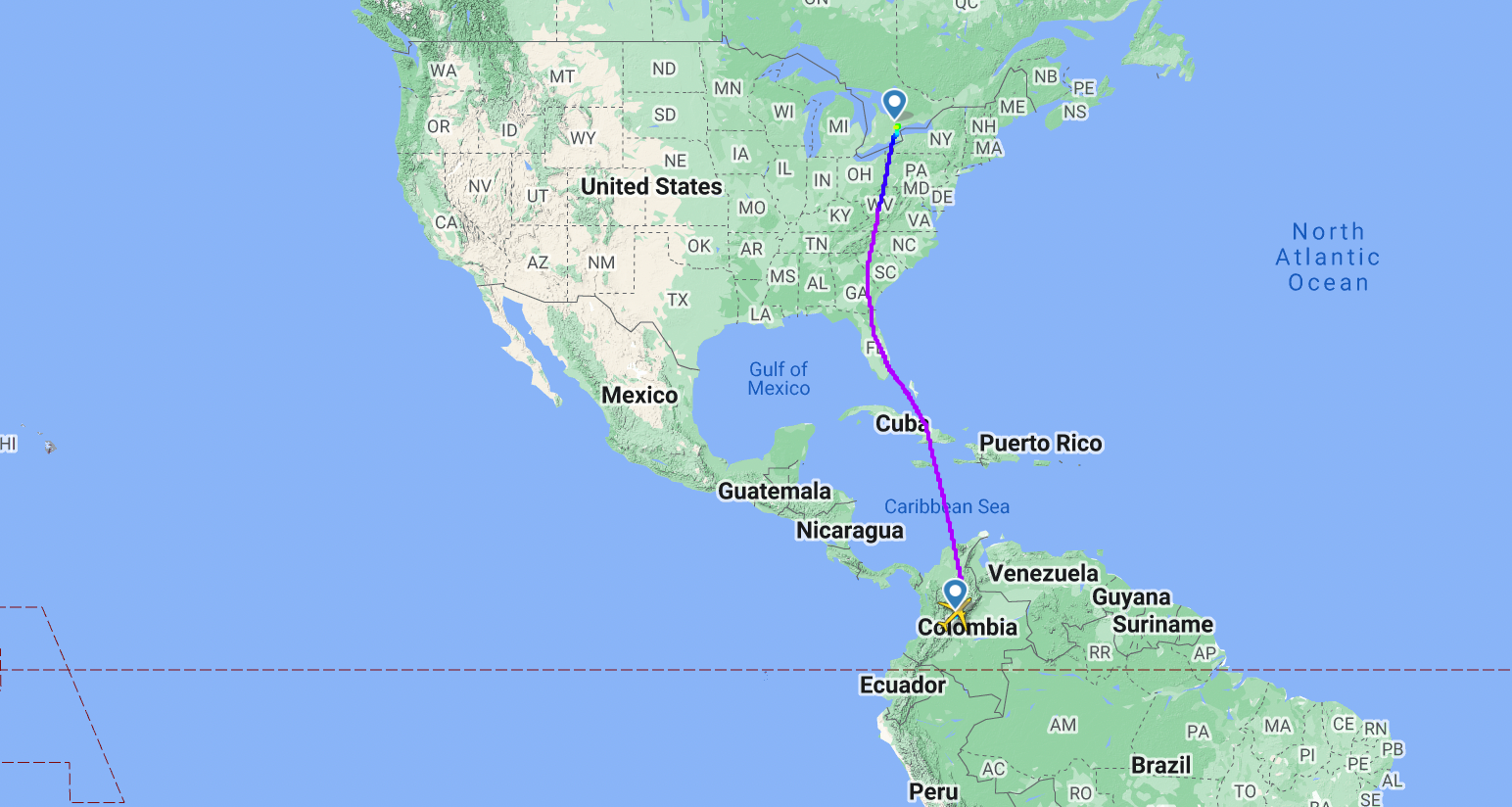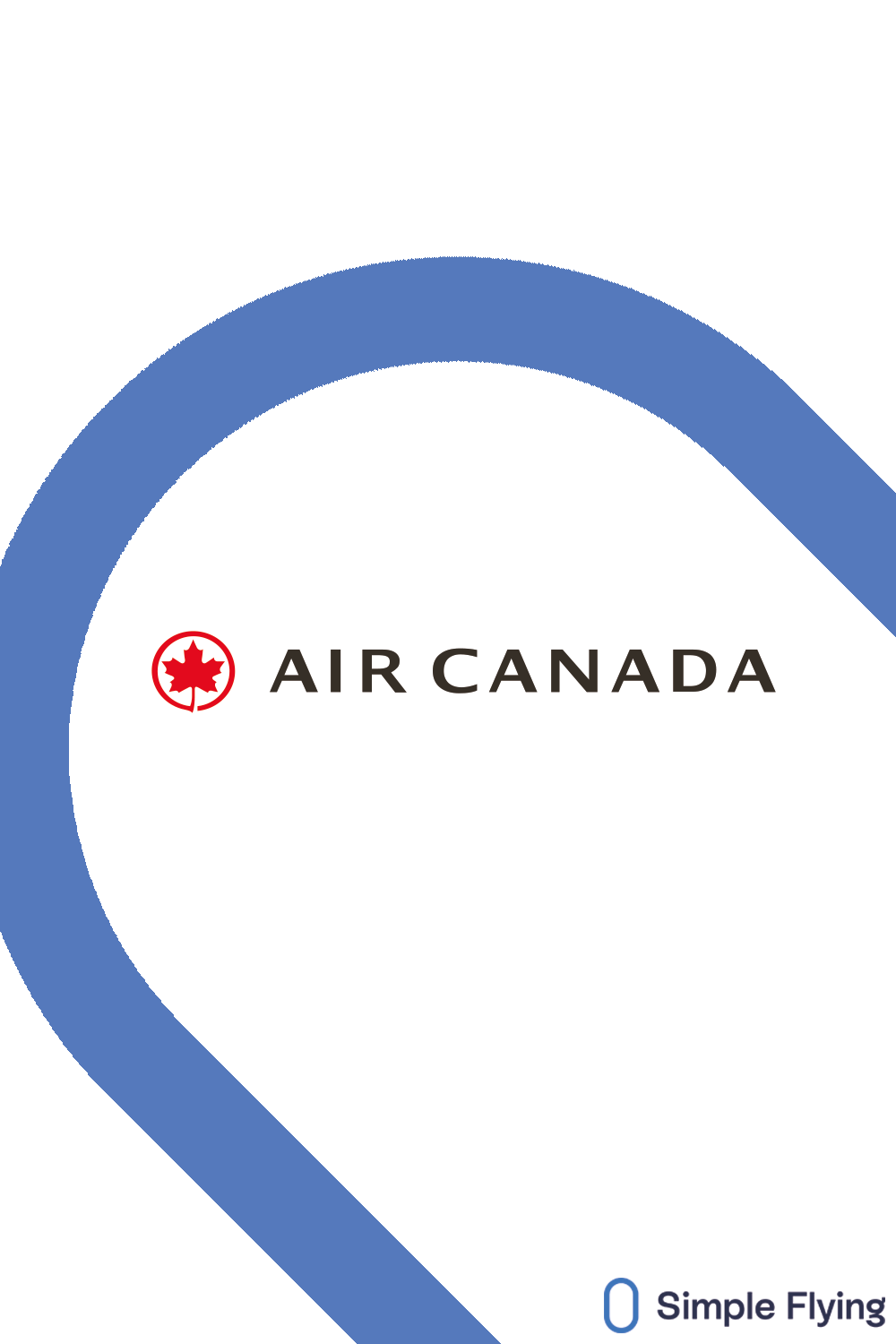On December 21st, an Air Canada Boeing 767-300ER suffered a cracked windshield near Charleston, West Virginia. The aircraft was flying from Bogota, Colombia, to Toronto Pearson International Airport in Canada and had completed a conversion from passenger aircraft to freighter the month prior.
Incident details
On December 21st, an Air Canada Cargo Boeing 767-300 converted freighter departed Bogota at 04:40 local time. Operating flight AC7261 to Toronto, the Aviation Herald reports that the aircraft was en route at FL390 near Charleston, West Virginia when the crew declared PAN-PAN (emergency) due to a cracked windshield.
The crew reacted to this by lowering the aircraft's cruising altitude to FL310 but ultimately continued onward to Toronto. The jet then performed a safe landing about an hour later, at 10:25 local time. The embedded images below visualize the incident and the aircraft's location at the time it occurred. The jet's descent from FL390 to FL310 is visualized with the flight path line changing from purple to blue.
The aircraft then spent about a day and a half on the ground at Toronto Pearson before taking off on its next mission on December 22nd at 17:46 local time. Completing a return journey from Toronto to San Juan (Puerto Rico), this jet has remained on the ground since the evening of December 22nd, with multiple subsequent flights canceled. However, this is not likely to be related to any technical problems with the aircraft but rather the severe winter weather impacting Canada, as well as much of the United States.
Get all the latest aviation news right here on Simple Flying
Aircraft details and history
The aircraft registered C-GHLV was originally built as a Boeing 767-300ER in 2001. With MSN 30852 and line number 843, the aircraft began service with Air Canada before moving over to the airline group's leisure brand, Air Canada Rouge, in 2015. At the time of publication, the aircraft is 21.5 years old.
The pandemic and related travel restrictions prompted Air Canada to park the aircraft in March 2020. Anticipating a lengthy recovery time for the industry and a spike in air cargo demand, the airline made the decision to convert a number of its Boeing 767s to dedicated freighters - including C-GHLV. But prior to its conversion, it appears that Air Canada used the aircraft to conduct months of crew training missions, as flight data shows dozens of non-passenger flights between Toronto and Montreal throughout 2021.
According to Planespotters.net, this particular aircraft underwent its conversion in early 2022, arriving at conversion facilities in Israel on March 7th. After conducting a series of test flights in and out of Tel Aviv, the aircraft returned to Canada on November 30th as a Boeing 767-30ER BDSF, or Extended Range - Bedek Special Freighter.
Air Canada now has three active Boeing 767-300 converted freighters flying as part of its cargo operations, although more twinjet freighters are on the way, as one is currently undergoing conversion in Tel Aviv. Additionally, the airline announced a further expansion of its dedicated freighter fleet with the acquisition of two factory-built Boeing 777 freighters to enter service in 2024.
Of the four other 767s listed as parked, two have yet to be converted, while the remaining two are purpose-built freighters delivered to the airline earlier this year. The remainder of the airline's cargo operations utilize the belly space of its passenger aircraft.
Sources: The Aviation Herald, Planespotters.net, FlightRadar24.com




